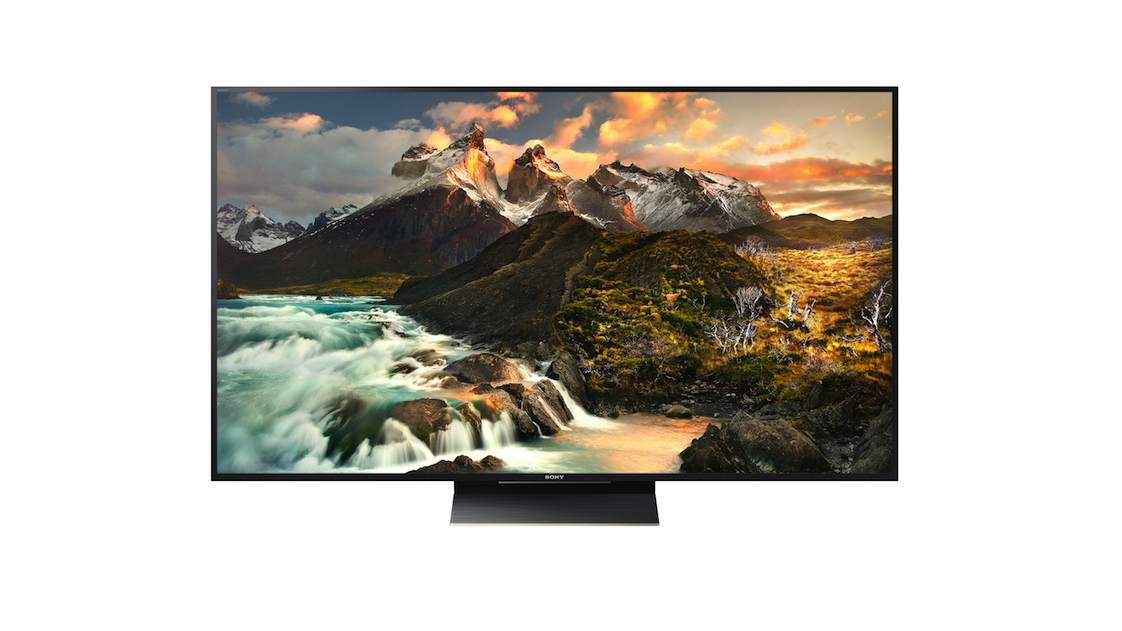TechRadar Verdict
Although its £4,000 price will likely put the 65ZD9 frustratingly beyond the reach of most AV fans, its combination of ground-breaking contrast, colour and brightness adds up to the most cutting-edge picture quality we’ve ever seen.
Pros
- +
Stunning HDR picture quality
- +
Brilliant SDR picture quality
- +
Ground-breaking backlight
- +
Excellent presets
Cons
- -
Android TV feels sluggish
- -
Pretty average audio
- -
It’s expensive
- -
Limited effective viewing angle
Why you can trust TechRadar
From the moment Sony first unveiled the KD-65ZD9 we’ve been desperate to get our hands on one. After all, on paper, at least, it sounded like it might just be the holy grail of television for 2016: a TV able to combine the extreme, high dynamic range-friendly brightness of LCD technology with a backlight arrangement capable of getting LCD closer than ever before to the stunning light control you get with OLED technology.
This backlight arrangement comprises more than 600 LEDs that sit behind the 65ZD9’s screen that are capable of outputting their own light levels independently of their neighbours. This should enable the TV to produce more of the extremes of light and shade associated with new high dynamic range (HDR) technology while suffering less than other LCD TVs with distracting clouds, stripes or halos of unwanted, extraneous light.
As if this wasn’t already attraction enough, the 65ZD9 also sports Sony’s new ‘X1 Extreme’ video processing system and the latest version of Sony’s reliable Triluminos wide colour technology for unlocking the extended colour spectrums associated with HDR sources.
Design
To underline the point that the 65ZD9 is a very expensive flagship TV, it ships with a distinctive metallic gold finish applied to the outer edge of both its screen and its otherwise metallic black desktop stand. Some might say a £4,000 TV ought to be made completely of gold, but that would just be silly. Probably.
Also helping the 65ZD9 stand out from the pack is its rear panel – first because it wears a distinctive crosshatch pattern, and second because it features no less than three clip-on covers to help you hide unsightly cables.
We do have a couple of issues with the 65ZD9’s design, though. First, its most stylish elements – like the gold trim and crosshatch-patterned rear – are only visible if you’re looking at the TV from way down its sides or from behind. Neither of which are exactly ideal viewing positions. From directly in front of the TV, where most people will choose to sit, it just looks like a fairly straightforward dark grey rectangle.
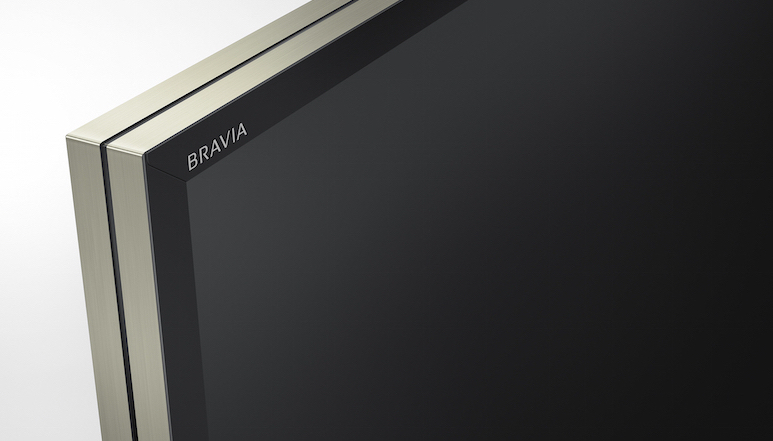
The other design flaw is the remote control. It looks flashy with its nearly flush buttons and heavy-duty finish, but making the buttons protrude so little from the remote’s front makes it borderline impossible to know just by feel where on the remote your finger is. This can be annoying at the best of times, but becomes a nightmare in a dark room.
The connections Sony is so keen to hide away with all those clip-on rear covers are pleasingly numerous. Four HDMIs provide support for 4K HDR sources, plus there are three USBs as well as the usual wireless and wired network options supporting both streaming from DLNA-enabled devices on your network and the Android TV and YouView ‘smart TV’ platforms.
Screen sizes available: 65-inch, 75-inch, 100-inch | Tuner: Freeview HD | 4K: Yes | HDR: Yes (HDR 10) | Panel technology: LCD with direct LED lighting and local dimming | Smart TV: Yes, YouView and Android TV | Curved: No | Dimensions: 1462 x 847 x 78mm (W x H x D) | 3D: Yes | Inputs: Four HDMIs, three USBs, tuner input, Ethernet port, optical digital audio output, analogue audio inputs, subwoofer line out, headphone output, PCMCIA slot
Design TL;DR: While the 65ZD9’s gold edging and patterned, cable-hiding rear are both neat touches, from most viewing angles the 65ZD9 just looks like a well-built but otherwise straightforward dark rectangle.

Smart TV (Android TV/YouView)
No matter how hard we try – and we honestly have tried – we just can’t warm to the Android TV platform that provides the majority of the 65ZD9’s smart features.
The onscreen menu system looks and feels clunky and makes it impossible to keep watching TV while you browse its wares. It offers only the most rudimentary opportunity for customising its layout to suit your individual needs. Its content recommendation system is half-baked. It favours quantity over quality where apps are concerned. It’s far from comprehensive with its local app support. And perhaps most frustratingly of all, it makes even a TV as powerful as the 65ZD9 run pretty sluggishly at times.
Fortunately Sony has ‘fixed’ a couple of Android TV’s worst problems by adding support for the much easier to use YouView platform (to make sure you get the UK’s ‘big four’ terrestrial TV catch up services) and implementing the 4K and HDR-friendly versions of the Netflix and Amazon streaming apps.
Nonetheless, the dominance of the current Android interface in the TV’s operating system often frustrates the experience of using this otherwise outstanding TV.
Smart TV TL;DR: Android TV continues to feel like more of a hindrance than a help – though Sony’s addition of the YouView platform gets around some of Android TV’s worst flaws and may mean that you can avoid Android TV altogether for much of your viewing time.
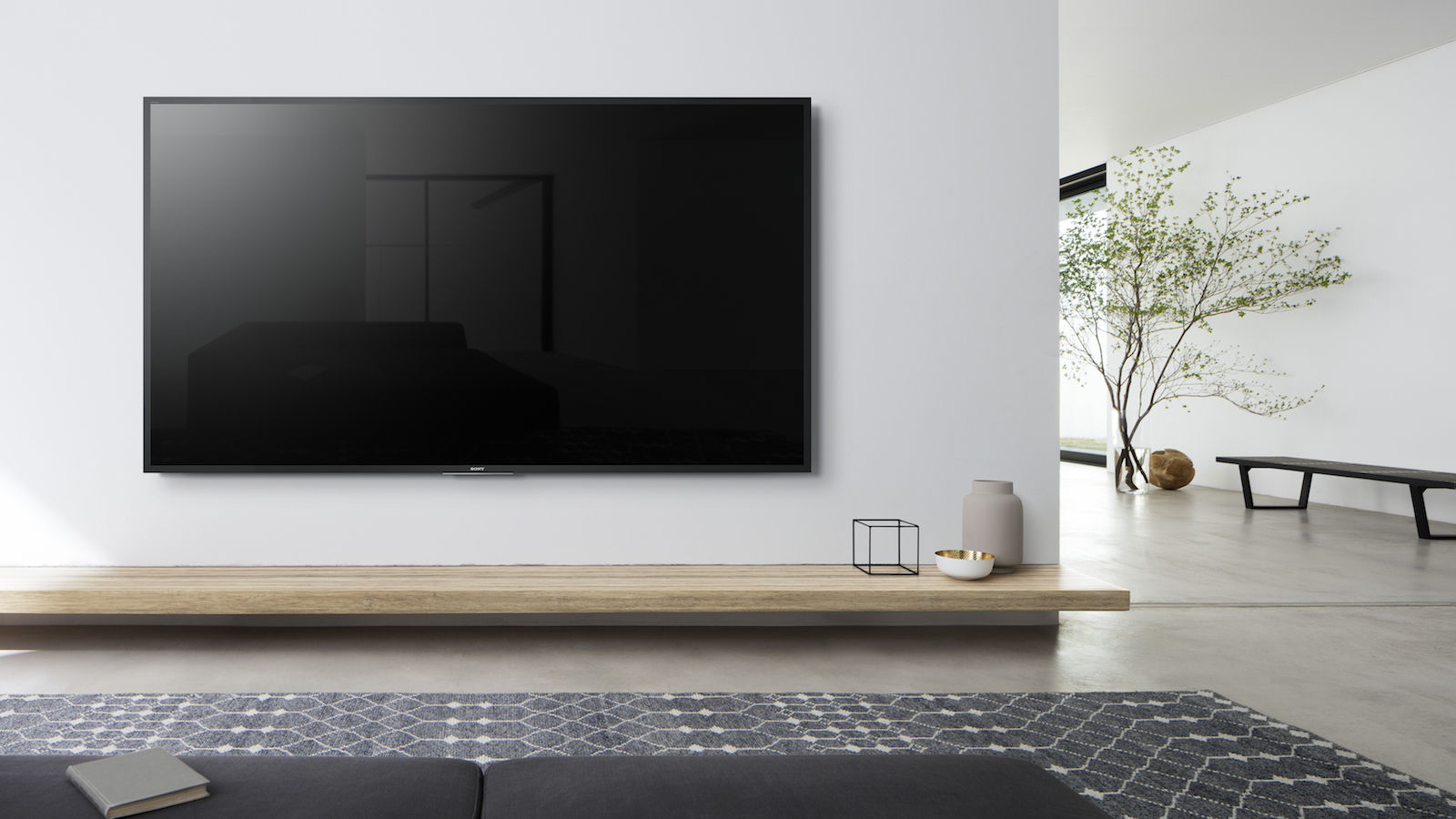
HD/SDR Performance
The 65ZD9 is up there with the very best when it comes to handling our ‘old’ HD and SDR sources.
The upscaling engine delivered by the new X1 Extreme chipset is particularly outstanding. New noise reduction and depth perception processing elements take Sony’s already uncannily good HD-to-4K conversion abilities to an unprecedented level, adding sharpness and extra detail to HD sources such as Blu-ray and Freeview HD broadcasts without leaving them looking noisy or artificial.
Sony’s excellent motion processing options equate to superb clarity that persists even when what you’re watching contains a lot of camera pans or fast movement within the frame.I’m not saying the upscaling is so good it’s no longer worth seeking out native 4K sources where you can; feeding the TV native 4K is still the only way to unlock the TV’s full potential. But it does make you feel less frustrated at how little native 4K content the AV world has to offer right now.
The 65ZD9 is also as flawless as any LCD TV I’ve seen at handling the colour and contrast of standard dynamic range sources. Colour tones are deftly handled in terms of the accuracy and balance of their tones, their freedom from any sort of banding/striping noise, and their subtlety, which is so profound that it plays a key role in unlocking the full impact of the screen’s ultra high definition resolution.
The 65ZD9’s handling of dark scenes in SDR mode is fearsomely good for an LCD TV, too. The set’s ability to deliver independent light levels from every one of its rear-mounted LEDs leads to a combination of deep blacks, bold colours and intense whites that’s achieved with scarcely a hint of the sort of backlight clouding and consistency problems that affect most LCD TVs to some extent.

Samsung’s KS9500 TVs get close to matching the intensity and backlight purity of the 65ZD9, but Sony’s set has the edge.
The only serious issues we could find with the 65ZD9’s standard dynamic range images are that the screen has a slightly glossier and therefore more reflective finish than I’d ideally like, and that its effective viewing angle is quite limited. From as little as 30 degrees blooms of light start to appear around bright objects, and colours start to look a bit pallid.
I should add, too, that LG’s latest OLED TVs still look even slightly better still with standard dynamic range sources than the 65ZD9. But it’s a closer-run thing than we expected to find with an LCD TV this year.
Since the 65ZD9 not only supports 3D but actually ships with a couple of pairs of 3D glasses, we should mention its 3D performance in this section too. In many ways it’s good – detail levels are high, colours look strong and rich, and the TV’s exceptional talent for contrast helps deliver unusually well the optical markers your brain needs to perceive a strong sense of depth – however it can suffer with a little crosstalk ghosting noise over heavily foregrounded or backgrounded objects.
HD/SDR TL;DR: Excellent handling of black levels and colours join with the best 4K upscaling I’ve seen to deliver outstanding results with HD and SDR sources.
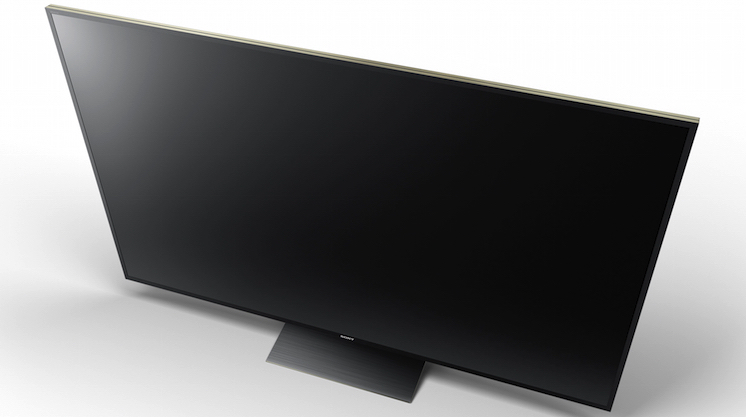
4K/HDR Performance
While the technologies Sony has developed for the 65ZD9 make it brilliant with HD and SDR content, they really come into their own when pushed to their limits with 4K HDR footage from Netflix, Amazon or, especially, Ultra HD Blu-ray.
The first thing you notice is how spectacularly bright the images are. Remarkably the 65ZD9 manages brightness levels even higher than those achieved by Samsung’s KS9500 TVs, allowing it to express HDR’s trademark bright highlights and colour peaks even more successfully and boldly.
Presumably this ground-breaking brightness owes a debt to the 65ZD9’s unique combination of focused beam technology (which allows multiple LEDs to focus their light in the same part of the screen) and X-Tended Dynamic Range technology (which redistributes power from dark parts of the image that don’t need it to the bright parts that do).
The 65ZD9’s unprecedented brightness knocks on into its colour performance, as it serves up wonderfully intense, rich tones with wide colour spectrum HDR sources that makes the pictures leap off the screen and into your living room in a way we haven’t seen before. Ever. There’s nothing gaudy about this colour talent, though. Tones across the board look believable and balanced, as well as containing incredible degrees of tonal subtlety. Indeed, the 65ZD9 makes a compelling argument that it’s only through brightness that you can really unlock the very tiniest tonal differences that really bring pictures to life.
Seeing the way Deadpool’s grubby red suit stood out against the cloudy skies during the bridge shoot out sequences on the film’s Ultra HD Blu-ray was a revelation, making me feel more aware than ever before of the impact of HDR on these scenes.
Arguably even more impressive was how astonishingly detailed native 4K sources look on the 65ZD9. So much so that Ultra HD Blu-ray discs I’d previously felt looked a bit soft suddenly morphed into the real 4K deal. Using Deadpool as an example again, we could see textures and areas of wear and scuffing in Deadpool’s suit that we hadn't seen before on any other 4K HDR TV.

This speaks again to the stellar quality of Sony’s colour accuracy, which seems capable of unlocking details other TVs cannot.
All this and we still haven’t covered the single most important ability of the 65ZD9: its backlight management. The thing is, even though it’s capable of delivering unprecedented brightness peaks it manages to produce these while suffering much less with backlight striping, haloing or ‘torchlighting’ than any other LCD-based HDR TV. This instantly makes dark HDR scenes far more immersive and authentic.
I’m not saying there’s no haloing at all; even being able to control more than 600 LEDs individually still doesn’t equate to OLED technology’s trick of being able to have every single pixel produce its own light and colour. The haloing around stand-out bright objects on the 65ZD9 is, though, both less intense and less widely spread than it is on any rival LCD TV. Though we should remind you that this only remains the case if you stay say fairly directly opposite the screen; haloing escalates fast the further you shift your viewing angle.
You may have started thinking after that previous paragraph that everyone should just buy an OLED TV. However, the 65ZD9 hits peak brightness levels more than twice as high as those you can currently get from OLED, and this proves crucial in opening up the maximum dynamism and detail possible with HDR.
4K/HDR TL;DR: This is pretty simple: The 65ZD9 delivers the most spectacular but also gorgeously subtle HDR experience I’ve seen to date.
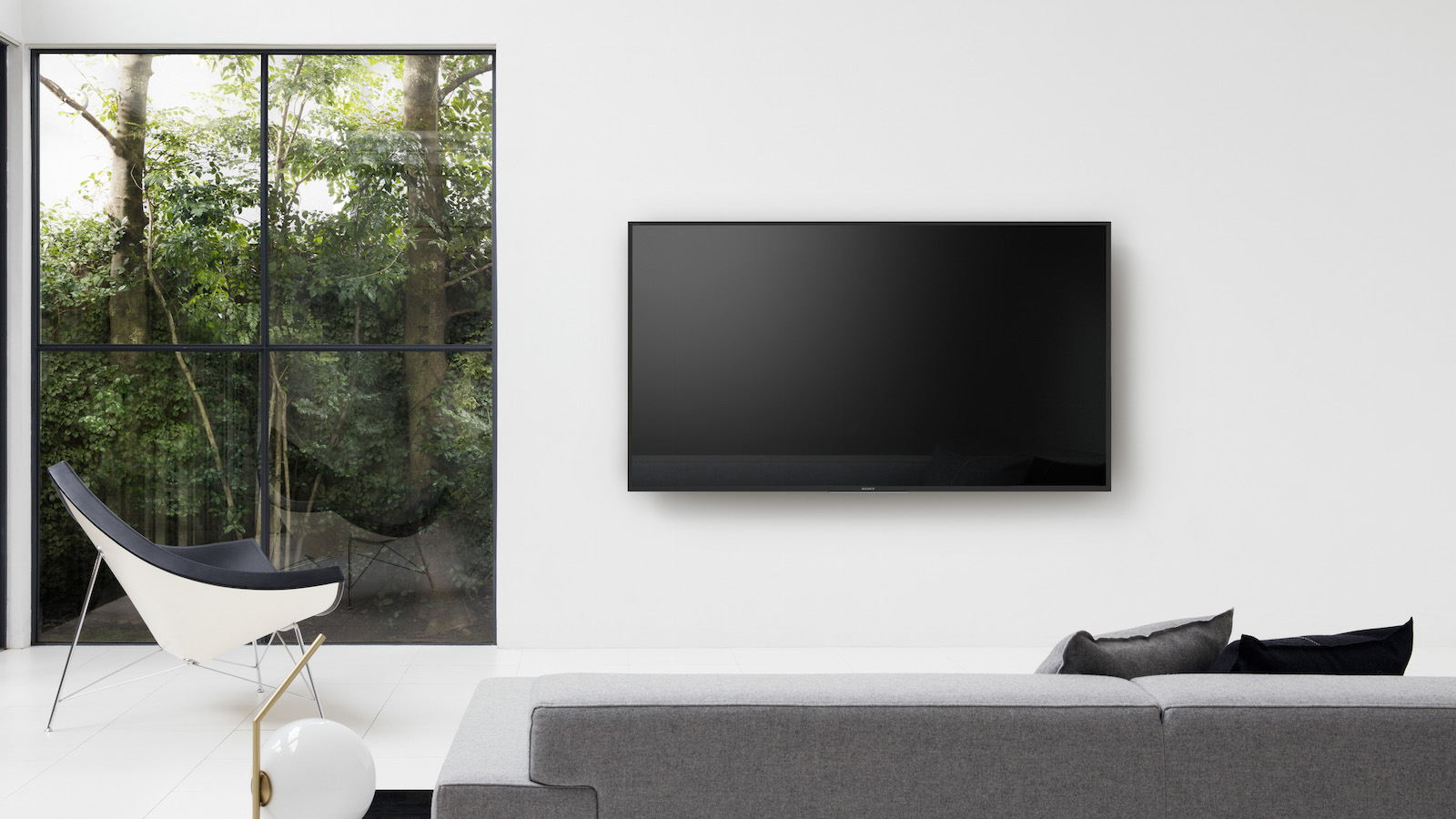
Sound
Unfortunately the 65ZD9’s class-leading pictures are not joined by a class-leading audio performance.
Sony’s recent drive to reduce the size of its TVs means it no longer fits any of its sets - including this flagship model - with the incredible magnetic fluid drive units that made some of the 65ZD9’s predecessors sound better than many external audio solutions. And the speakers Sony now uses fall short of those found in rival sets like Samsung’s KS9500 series, LG’s E6 OLED series and Panasonic’s DX902/DX802 models.
The main problem is a lack of bass - surprising considering that the TV sports a slightly chunkier and certainly more robustly built chassis than many of its rivals. The lack of low end can leave loud movie moments sounding rather harsh and compressed. The TV does support the addition of an external subwoofer, though your best bet is a full sound bar solution that would deliver better, more balanced results overall, since just adding a sub may actually expose – rather than fix – the lack of range provide by the TV’s built-in drivers.
Other panels to ponder
The closest rival to the 65ZD9 in performance characteristics and ‘spirit’ is the Samsung UE65KS9500. This too uses a direct LED lighting system with local dimming, and pushes for extreme brightness to unlock the upper register of HDR’s potential. It’s a few hundred pounds cheaper too. However, it doesn’t go as bright as the 65ZD9, and suffers more with backlight haloing issues.
LG’s OLED65E6, meanwhile, represents the state of the art where rival OLED screen technology is concerned. Its sensationally slender form can deliver deeper blacks than the Sony while also suffering with no haloing side effects at all. It can also be watched from much wider viewing angles without the picture degrading heavily. While the OLED65E6 is arguably the king of standard dynamic range playback, though, it falls significantly short of the 65ZD9 where brightness is concerned, meaning it loses detail in the brightest HDR areas and doesn’t give you anywhere near the same sort of HDR ‘pop’.
Panasonic’s TX-65DX902 is another LED TV that uses direct backlighting and local dimming. It delivers pictures that are often exquisite, and costs much less than the 65ZD9. However, despite using innovative ‘honeycomb’ technology to improve localised light controls it still occasionally falls prey to some quite aggressive – if small in scale – haloing issues around very bright HDR objects.
Last but not least among the 65ZD9’s key rivals is Sony’s own KD-75XD9405. This massive 75-inch TV gives you 10 inches of extra picture and again uses a direct LED lighting system with local dimming. Its pictures are gorgeous in many ways, though it’s much less bright than the 65ZD9 and so only delivers a more muted HDR experience. Plus it uses far fewer individually controllable LED zones, and so is more prone to backlight haloing.
Verdict
At £4,000 Sony’s new flagship TV is eye-wateringly expensive. It uses the hard-to-love Android TV platform and it doesn’t sound as good as I’d like a flagship TV to sound. You can’t watch it from much of an angle without picture quality deteriorating. And despite a couple of flourishes in tucked away places, it’s not that much of a looker.
Yet despite all this, the 65ZD9 is hands down our favourite TV of 2016, for reasons that become abundantly clear as soon as you fire it up and get to ogle its groundbreaking picture quality. The simple fact is that no previous TV has managed to deliver the full spectacle of 4K HDR while suffering so little with unwanted side effects - and the results are nothing short of transformative.
John has been writing about home entertainment technology for more than two decades - an especially impressive feat considering he still claims to only be 35 years old (yeah, right). In that time he’s reviewed hundreds if not thousands of TVs, projectors and speakers, and spent frankly far too long sitting by himself in a dark room.
